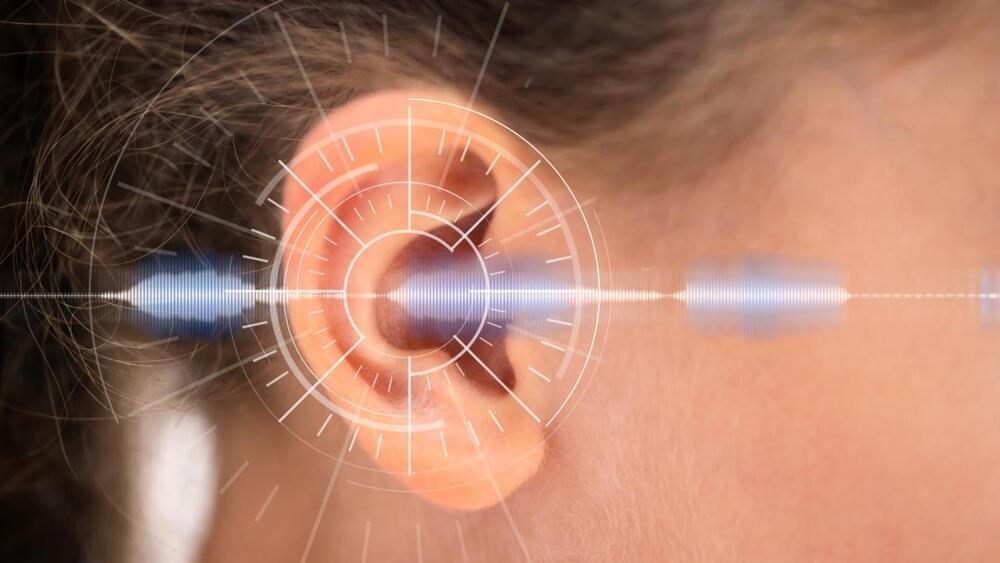Publicly-Funded Longevity Clinics – Andrea Maier at Longevity Summit Dublin 2023#AndreaMaier #LongevityClinics #PublicFunding #LongevitySummitDublin2023 #Agi…
Get the latest international news and world events from around the world.

Your next new Hydrogen fuel cell could be made by GM and Honda
Our plans include a new all-electric product for North America positioned at a price point lower than the upcoming Chevrolet Equinox EV.
GM and Honda start large-scale hydrogen fuel cell production, aiming to overcome challenges and revolutionize green transportation.

NASA’s autonomous software is a milestone in air taxi testing
Dive into the details of NASA’s collaboration with Sikorsky and DARPA, as autonomous helicopters navigate simulated skies over Long Island Sound.
Explore the skies with NASA’s autonomous flight software, steering Sikorsky helicopters through air taxi tests. The technology can change the way we fly.

Best selling helicopter to be now assembled in India as Tata and Airbus sign deal
Tata and Airbus will become the first private sector companies to manufacture helicopters in India.
Tata Group, one of India’s leading conglomerates, announced the signing of an agreement with France’s Airbus to jointly manufacture civilian helicopters. The deal, announced during French President Emmanuel Macron’s state visit to India, signifies a deeper collaboration between the two nations in the aerospace sector.
Speaking at a media briefing, India’s Foreign Secretary Vinay Kwatra revealed that the agreement between Tata Group and Airbus to produce H125 helicopters would feature a “significant indigenous and localization component.”
Tata and Airbus, already jointly producing C-295 transport aircraft in Gujarat, have added another dimension to their strategic partnership with the new deal. The joint venture is set to establish a Final Assembly Line (FAL) for H125 helicopters in India, with production expected to commence in 2026.

AI deep learning decodes perchlorate salts crystals
Learn how deep learning is revolutionizing the study of explosive perchlorate salts, offering safer alternatives to traditional methods and advancing our understanding of molecular structures.
Use of deep learning in chemistry as researchers employ artificial intelligence to uncover the molecular mysteries behind explosive perchlorate salts.

MIT physicists discover surprising twist in Milky Way’s core
MIT physicists have discovered a surprising twist in the Milky Way’s rotation curve that challenges our understanding of dark matter. By tracking the speed of stars across the galaxy, they’ve uncovered a potential deficit of dark matter at the galactic core.
Traditionally, astronomers believed that dark matter was responsible for the galaxy’s rotation. Still, the new analysis raises the possibility that the Milky Way’s gravitational center may be lighter in mass than previously thought.
New software spots disease-causing genes with higher accuracy
CTWAS is a novel tool designed to spot genes that make us sick.
This novel tool applies advanced statistics to study complex data from the human genome and pinpoints the genes that cause illnesses.

Writing by hand has better learning outcomes than typing says study
With technological advances, students now type notes in class, but that may not be very good for learning outcomes.
Writing by hand stimulates the senses better and could be crucial for better outcomes in learning. So write it down, not type it down.
MIT’s shoe model tailors sneakers for peak performance
MIT’s new shoe design customizes the running experience, ensuring optimal performance through a tailored fit—a transformation in sneaker technology.
MIT engineers release a model for sneaker design, offering runners a future where shoes are as unique as their stride.

Joint US-China gene therapy trials restore hearing in 5 kids, a first
The findings revealed that out of six children subjected to the gene therapy, five exhibited restored hearing and enhanced speech recognition.
Furthermore, the remaining incidents were ephemeral and had no lasting impact, showing that the detected adverse effects were just short and did not raise long-term issues.
“We are the first to initiate the clinical trial of OTOF gene therapy. It is thrilling that our team translated the work from basic research in animal model of DFNB9 to hearing restoration in children with DFNB9,” said Yilai Shu, lead study author from the Eye & ENT Hospital of Fudan University, in a press release.
In another notable event, an 11-year-old boy has become the first to undergo gene therapy in the United States to address congenital deafness.